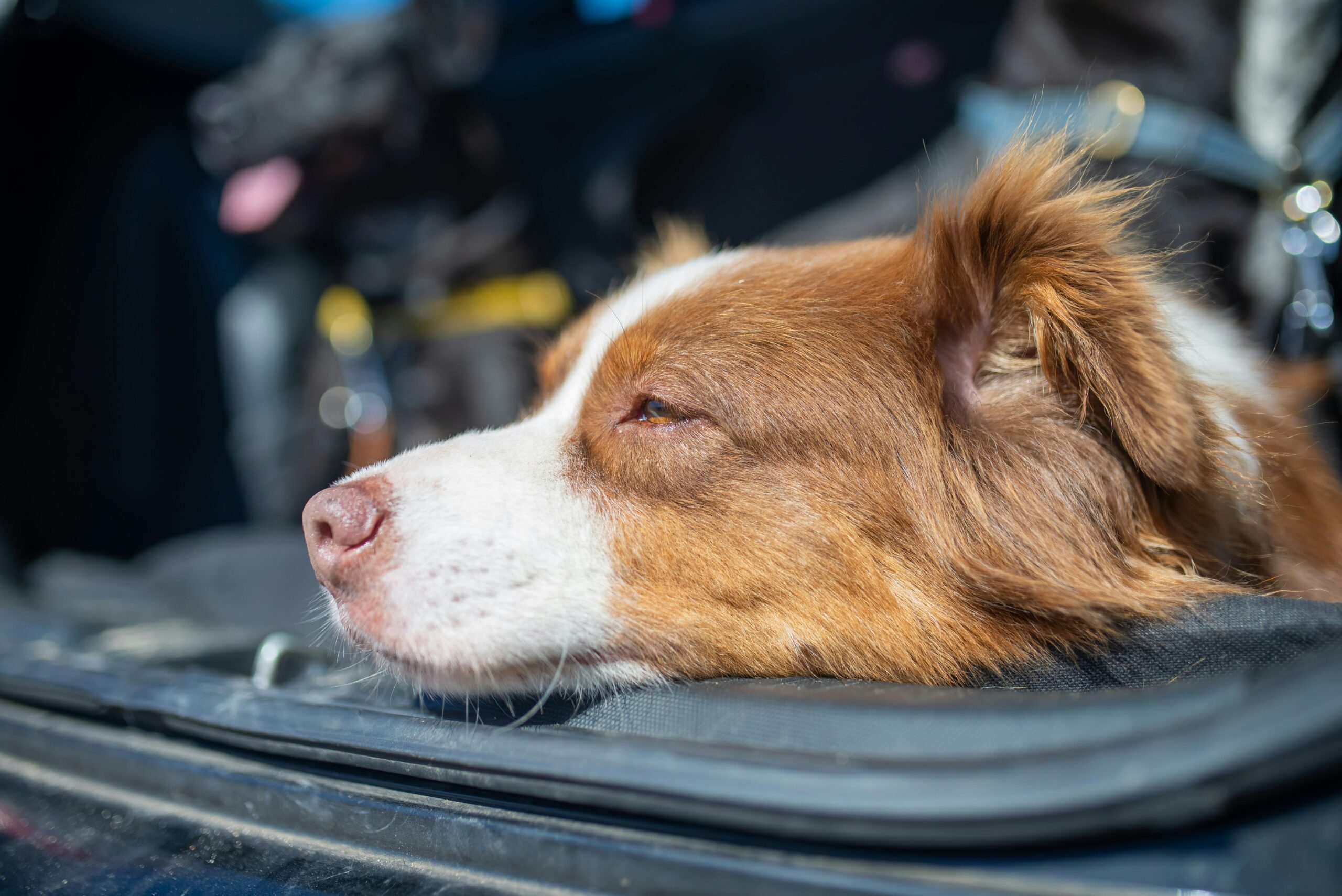Traveling with your pet can transform an ordinary journey into an unforgettable adventure shared with your four-legged companion. However, pet travel requires careful planning and preparation, especially when navigating the complex world of transportation regulations, accommodation policies, and health requirements. This comprehensive guide covers everything you need to know about traveling with your pet in the USA, whether you’re planning a cross-country road trip with your dog or considering flying with your furry friend.
Understanding Airline Pet Policies
When flying with a dog or other pet, familiarizing yourself with airline pet policy details is crucial before booking your ticket. Each airline has unique regulations regarding pet transportation, with options typically including cabin travel (carry-on), checked baggage, or cargo. For small pets weighing less than 20 pounds (including their carrier), many airlines permit in-cabin travel under the seat in front of you. Larger animals usually must travel in the temperature-controlled cargo hold. Some breeds with respiratory issues, such as pugs and bulldogs, face restrictions on certain airlines due to health concerns at high altitudes.
Fees for pet travel vary significantly between airlines, ranging from $95 to $125 for cabin travel and $200 to $500 for cargo, depending on your destination and the size of your pet. Many airlines also limit the number of pets allowed on each flight, so booking well in advance is recommended. When researching options for flying with your dog, review each airline’s specific requirements for carrier dimensions, vaccination documentation, and health certificates to avoid complications at the airport.
Essential Documentation for Pet Travel
Proper documentation is non-negotiable when traveling with pets across state lines or internationally. At minimum, you’ll need an up-to-date health certificate issued by a licensed veterinarian within 10 days of travel. This document confirms your pet is healthy and vaccinated against rabies and other required diseases. Some destinations may require additional certifications or quarantine periods.
Microchip registration is another critical element of pet travel preparation. Ensure your pet’s microchip information is current with your correct contact details. This provides invaluable protection should your pet become separated from you during your journey. Consider attaching temporary travel identification to your pet’s collar with your cell phone number and accommodation details for the duration of your trip.
Selecting the Right Pet Carrier or Kennel
The appropriate carrier is essential for safe and comfortable pet travel. For flying with a dog, airlines typically require kennels that comply with International Air Transport Association (IATA) standards. These specifications include proper ventilation, secure locking mechanisms, leak-proof bottoms, and adequate space for your pet to stand, turn around, and lie down comfortably.
For road trips with dogs, options include secured crates, pet seat belts, or backseat barriers. Whichever method you choose, ensure your pet can’t roam freely through the vehicle, which could cause dangerous distractions. According to experts at AskHomey, investing in a high-quality, crash-tested carrier or restraint system significantly improves safety for both pets and human passengers during road travel.
Planning a Successful Road Trip with Your Dog
A road trip with your dog offers flexibility that air travel can’t match. Start by creating a detailed dog travel checklist including food, water, medications, favorite toys, bedding, waste bags, and a first aid kit. Plan your route with pet-friendly stops every 2-3 hours for bathroom breaks, exercise, and water. Maintain your pet’s regular feeding schedule as much as possible to minimize digestive upset.
When selecting accommodations, verify pet policies in advance—many hotels advertise as “pet-friendly” but impose significant restrictions or fees. Research pet-friendly attractions, parks, and restaurants along your route to maximize enjoyment for both you and your furry companion. Consider downloading pet travel apps that help locate emergency veterinarians, dog parks, and pet-friendly establishments nationwide.
Preparing Your Pet for Travel Day
Regardless of your chosen travel method, preparation is key to minimizing your pet’s stress. For weeks before departure, gradually acclimate your pet to their carrier or travel kennel. Place treats inside, feed meals near it, and eventually practice short car rides with your pet secured inside. This familiarity can significantly reduce anxiety on travel day.
Avoid feeding your pet a large meal immediately before travel to prevent motion sickness. However, ensure they have access to water until shortly before departure. For anxious pets, consult your veterinarian about appropriate calming supplements or medications. Pack a familiar blanket or toy with your scent to provide comfort during the journey.
Navigating Special Situations and Seasonal Considerations
Weather conditions significantly impact pet travel safety. During summer months, avoid flying with pets when extreme heat may trigger airline embargoes for pet cargo travel. Similarly, winter travel requires additional preparation to ensure your pet stays warm during transit. If traveling to regions with different climates than your home, pack appropriate gear—cooling vests for hot destinations or sweaters for colder locations.
For senior pets or those with medical conditions, consult your veterinarian about special travel considerations. Some may require additional rest stops, medication adjustments, or specialized equipment. Always carry your pet’s medical records and medication information when traveling in case emergency care becomes necessary.
For more tips and to connect with reliable home service professionals, follow AskHomey on Facebook and Instagram.



